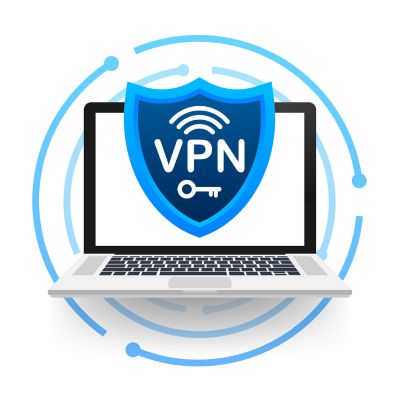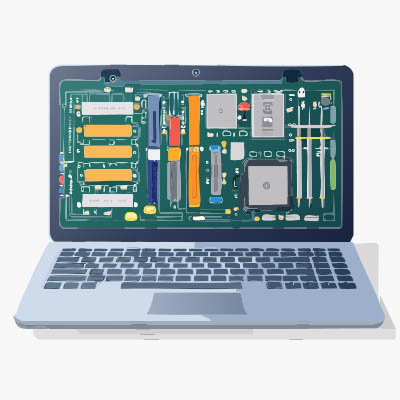We’ve all said it. It’s the unofficial motto of pragmatism, the quiet commitment to frugality that businesses cling to: If it ain’t broke, don’t fix it. It feels responsible. It feels safe. Here is the hard truth from an IT professional: When it comes to your business technology, this motto is a recipe for disaster. It is the single most dangerous, most expensive, and highest-risk strategy you can have.
If you’ve played with AI for any purpose, but particularly for your business’ benefit, you may have found your results less than impressive. One of the biggest challenges of working with artificial intelligence is our assumption that our instructions are sufficient, even when they are vague or non-specific. A prompt of this caliber will not produce the quality responses that you need. Instead, you need to use “prompt engineering” to come up with a request that will. Fortunately, you can improve your prompts considerably by simply remembering three things.
How do you approach decision-making for your business? While it might be tempting to forego critical thought and rely on your gut instinct for major decisions, we urge you to instead follow the data and observe what it’s trying to tell you. If data analysis sounds like pulling teeth, however, you’ll be relieved to know that AI tools have made it significantly easier to analyze large amounts of data and make more informed decisions.
Artificial intelligence, or AI, can be found in pretty much every facet of business these days, and CIOs are more tempted than ever to use innovative AI tools. There are plenty of reasons: they can increase efficiency and do the mundane things that need to be done, but are more expensive. AI is more than just for generative content; strategic implementation means implementing the right tools for your business and taking action in a calculated manner. Today, we want to explore the dangers of rushed adoption and why it’s important to carefully consider your business’ use of AI. The consequences of not doing so can be dangerous, to say the least.
What if we told you that not all VPNs were created equal? What if we said that some are meant to be used by consumers, while others are meant to be used for businesses that need to keep data secure while out of the office? Today, we want to clear up some misconceptions about what virtual private networks do, how they work, and what they actually protect you from—as well as how you can get started with a business-grade VPN today.
Business telephone systems are an interesting topic to consider these days. On one hand, you have the Internet, a sophisticated communication infrastructure that connects you with countless opportunities, but on the other, you have email and phone systems, which are direct lines to your business. At the end of the day, your customers will connect with you by phone—and as you might have guessed, how your business handles telephone calls matters.
Updates and upgrades are expensive, but that doesn’t mean your business can afford to skip them. More often than not, ignoring an update or upgrade to your technology is going to result in eventual bugs, hardware issues, and security vulnerabilities that can only be addressed with an update or an upgrade. First of all, what’s the difference between the two, and how do you know which one is necessary in a given situation?
There are a lot of issues that can impact the operations of your business, many of which are rooted in the hardware components of your computers. One of the most common issues with devices that are on their way out is issues with RAM. What is RAM, and how do you know if it’s time for a replacement?
For anyone who has seen the movie Moneyball, remember Billy Beane and the Oakland A’s? In the early 2000s, Beane revolutionized baseball with “Moneyball,” a radical approach to team building. Faced with a shoestring budget, he eschewed traditional scouting metrics and instead used sabermetrics—advanced statistical analysis—to identify undervalued players. The result? A small-market team consistently outperforming richer rivals, proving that data, not just dollars, could buy success. Fast forward to today, and the principles of Moneyball are more relevant than ever for modern businesses. In an increasingly competitive landscape, every company, regardless of size or industry, can leverage data to make smarter decisions, optimize resources, and ultimately, build a better business for less.
Let’s face it, your business probably can’t remember the last time it used that old fax machine sitting in the corner. It’s taking up precious time, money, and resources that could be reinvested into other parts of your business. Don’t believe us? Here are three reasons why you should ditch the fax machine.










